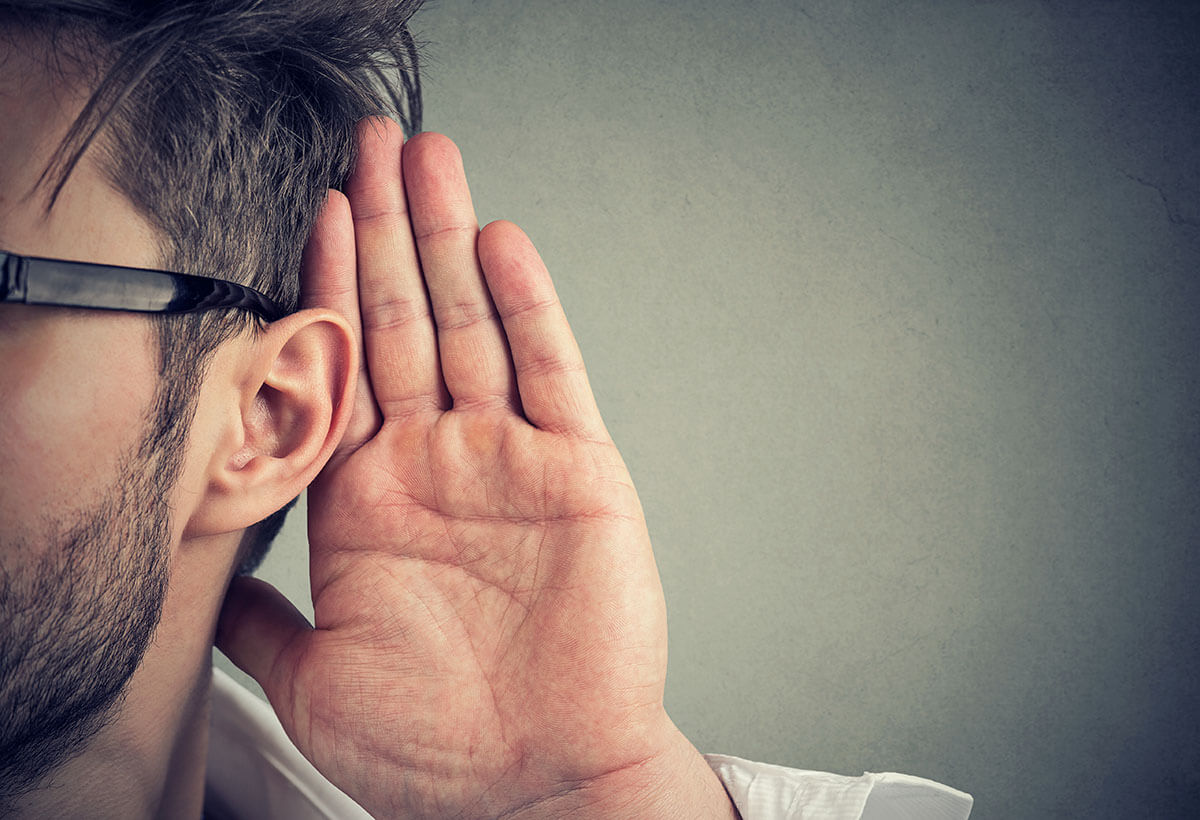Several vitamins and minerals have been linked to an improvement in ear function and hearing. Folic acid promotes circulation to your ears, as well as energy production in the cells responsible for hearing. Magnesium aids healthy nerve function in the auditory system and helps prevent damage to the inner lining of your arteries. In-the-ear hearing aids are custom molded to sit partially or completely in your ear canals. The completely-in-the-canal and in-the-canal styles improve mild to moderate hearing loss. The in-the-ear style can improve mild to severe hearing loss.
It’s a staggering statistic. According to the Centers for Disease Control and Prevention, hearing loss is the third most common chronic health condition in the United States, surpassing diabetes and cancer. But we often take our hearing for granted.
If you have signs of hearing loss and a hearing evaluation reveals you should start using hearing aids, sorting through the options may be overwhelming.
When I talk about hearing aids with my patients, I usually begin with the style because that’s dictated by the amount of hearing loss you have. The two categories are – behind-the-ear hearing aids and in-the-ear hearing aids – and there are pros and cons to both.
Behind-the-ear hearing aids sit behind your ear and can have a thin wire, dome or custom-fitted mold that goes into your ear canals. They can improve sound with most types of hearing loss.
- Pros:
- Two microphones that can help you hear better in noise.
- They’re reprogrammable so as your hearing loss progresses, we can adjust them.
- They can be the least expensive style of hearing aids.
- They require fewer repairs during the life of the device.
- Cons:
- If you have dexterity issues, they may be challenging to put on.
- They can be less discreet.
In-the-ear hearing aids are custom molded to sit partially or completely in your ear canals. The completely-in-the-canal and in-the-canal styles improve mild to moderate hearing loss. The in-the-ear style can improve mild to severe hearing loss.
- Pros:
- They’re easier to use if you have dexterity issues.
- They work well with landline phones.


- Cons:
- They may require more repairs due to the moisture and wax in the canals.
- They use smaller batteries, which don’t last as long.
- Typically, there’s only room for one microphone, which can impact hearing in noisy environments.

Other considerations
Next I look at dexterity and lifestyle needs.
Dexterity
The ability to handle the hearing aid, put it in, take it out and replace the batteries can be challenging if you have tremors, arthritis or any other issue using your hands. In-the-ear hearing aids are typically best if you have dexterity issues.
Battery life

Hearing aid batteries last three to 10 days depending on the size of the hearing aids. The smaller the device, the shorter the battery life. Newer hearing aids are rechargeable. You take them out and put on a charger at night, eliminating the need to replace batteries.
Better Ears Review
Technology
Hearing aid manufacturers are always making enhancements to improve hearing in noise and clarity. They also tap into the growth of the cellphone industry and the use of apps. Many newer hearing aids can connect to cellphones so the sound can be heard in both ears. It also works with streaming music and video. This allows for better quality, better sound reception and better understanding because you’re hearing with both ears instead of just one.
Apps also allow you to control your hearing aids more discreetly. Instead of reaching to your ears, you can turn them up or down on your phone.
Cost
The average person has hearing loss in both ears and typically needs two hearing aids. Some people choose to use one device.
Better Ears Apk

They range in price from $950 to $3,200 per hearing aid and have three pricing tiers – entry, mid and premium levels. The smaller hearing aids – the completely-in-the-canal or in-the-canal hearing aids – are the most expensive because all of the microphones, electronics and receivers have to fit in a smaller device. The behind-the-ear styles are typically the least expensive.
Better Than Dog Ears
Lifespan
Better Than The Smarter Choice Ears
Most people will use a set of hearing aids for five to seven years. While you can use them longer, many people get new ones to keep up with the latest technology. Hearing aids also undergo regular updates, like any computer, and they can be repaired as needed.
Melissa Schnitzspahn is an audiologist at The Ohio State University Wexner Medical Center.




